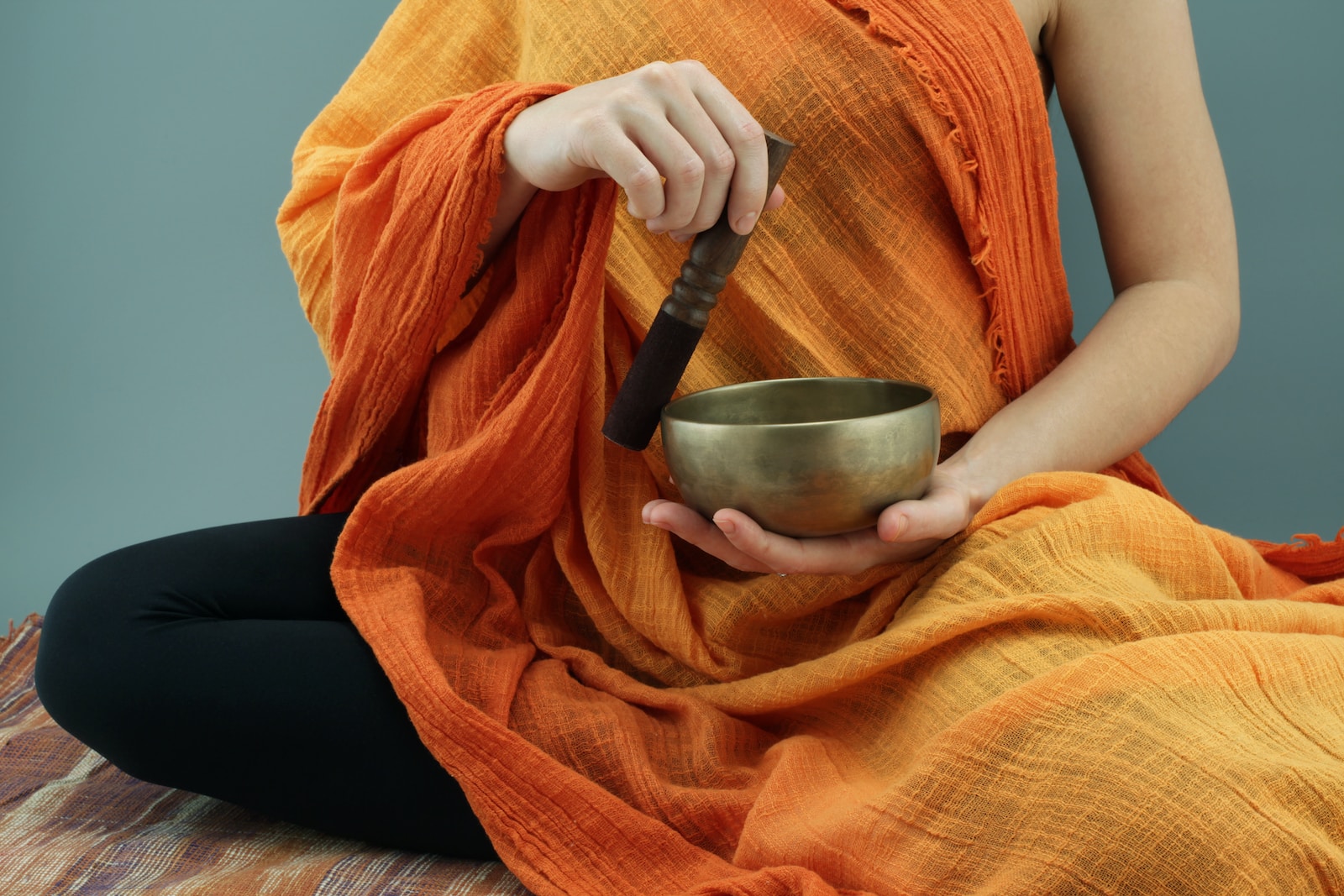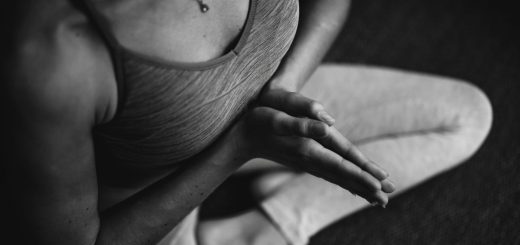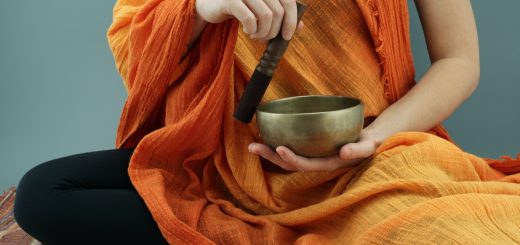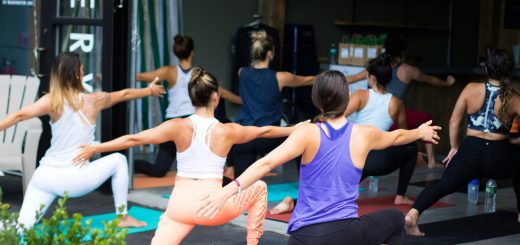Sequencing: Art of Vinyasa Yoga Flow Design

Before diving in, please note: This post is for informational purposes only. If you’d like to know more about how we approach topics, feel free to check out our friendly Disclaimer Page.
Hey there, amazing readers! 🖐️ Just a quick note: yes, we know there are a lot of ads here. Trust us, we get it—it’s not the prettiest look, but they help us keep this blog alive and kicking. Those pesky little ads cover the costs of all the behind-the-scenes magic, from hosting and tech stuff to creating content we hope you’ll love.
We’re committed to delivering quality posts, and your support (even just sticking around despite the ads) means everything to us. So, bear with us, and thanks for helping us keep the good vibes rolling. Now, on to the fun stuff! 😉
TRANSLATE BUTTON AT THE END OF THE ARTICLE
A Quick Overview
Vinyasa Yoga is a dynamic and flowing style of yoga that synchronizes movement with breath to create a continuous flow of postures.
The art of sequencing in Vinyasa Yoga is crucial in creating a balanced, safe, and effective practice.
A well-crafted sequence not only enhances physical strength and flexibility but also promotes mental clarity and emotional well-being.
In this article, we will delve into the intricacies of Vinyasa Yoga flow design, exploring the elements that make up a successful sequence, the importance of smooth transitions, the balance between strength and flexibility, and how to progress safely in your practice.
Additionally, we will discuss how sequencing can be tailored to different skill levels, goals, and themes, as well as the role of music and visualization in enhancing the overall experience.
Understanding Vinyasa Yoga Sequencing
Vinyasa Yoga sequencing involves the intentional arrangement of yoga poses, or asanas, in a specific order to create a seamless flow of movement.
The sequence is designed to build heat in the body, increase flexibility, strength, and endurance, and promote a sense of mindfulness and presence.
Each sequence typically begins with a warm-up, followed by a series of standing poses, balances, inversions, backbends, twists, and ends with a cool-down and relaxation phase.
The transitions between poses are smooth and fluid, guided by the breath, creating a moving meditation that connects the mind, body, and spirit.
Importance of Flow Design in Vinyasa
Flow design in Vinyasa Yoga is essential for maintaining the rhythm and pace of the practice, ensuring that the sequences are both challenging and accessible.
A well-designed flow encourages practitioners to move with intention and awareness, allowing them to explore their physical and mental boundaries while cultivating a sense of presence and mindfulness.
By carefully crafting sequences that include a variety of poses, movements, and breath patterns, teachers can create a transformative experience that leaves students feeling energized, centered, and rejuvenated.
Elements of a Well-Crafted Sequence
A well-crafted Vinyasa Yoga sequence incorporates a variety of elements to create a balanced and holistic practice.
Some key components to consider when designing a sequence include:
1.
Warm-up: Gentle movements and stretches to prepare the body for more challenging poses.
2.
Peak Poses: Highlight poses that are the focus of the sequence and challenge students to explore their edge.
3.
Counter Poses: Balancing poses that create symmetry in the body and release tension in specific areas.
4.
Breathwork: Syncing movement with breath to create a sense of flow and mindfulness.
5.
Cool-down: Gentle stretches and relaxation poses to wind down the practice and promote a sense of calm.
By incorporating these elements into a sequence, practitioners can create a well-rounded and transformative yoga experience.
Creating Harmony Through Transitions
Smooth and seamless transitions are key to maintaining the flow and rhythm of a Vinyasa Yoga practice.
By emphasizing the importance of breath awareness, teachers can guide students through transitions mindfully, allowing them to move from one pose to another with grace and ease.
Incorporating transitional poses, such as Downward-Facing Dog or Child’s Pose, can help students find stability and alignment as they navigate between more challenging postures.
By creating harmony through transitions, practitioners can cultivate a sense of fluidity and connection throughout their practice.
Balancing Strength and Flexibility
A well-designed Vinyasa Yoga sequence strikes a balance between building strength and increasing flexibility.
By incorporating a mix of dynamic and static poses, practitioners can work on developing muscular endurance, core stability, and range of motion.
Balancing strength and flexibility not only helps prevent injuries but also promotes overall physical well-being and resilience.
By including poses that challenge different muscle groups while also allowing for deep stretching, teachers can create a practice that encourages both physical and mental growth.
Breath-Centered Movement Patterns
Breath-centered movement patterns are a hallmark of Vinyasa Yoga sequencing.
By synchronizing breath with movement, practitioners can create a meditative and transformative practice that fosters mindfulness and presence.
Teachers often cue students to inhale and exhale at specific points during a sequence, guiding them to move with intention and awareness.
By focusing on the breath, practitioners can tap into the body’s natural rhythm, promoting relaxation, concentration, and a deeper connection to the present moment.
Breath-centered movement patterns not only enhance the physical benefits of the practice but also support mental clarity and emotional well-being.
Incorporating Creative Variations
Incorporating creative variations into Vinyasa Yoga sequences can help keep the practice fresh, engaging, and challenging.
By offering modifications and progressions for different poses, teachers can cater to students of varying skill levels and abilities.
Creative variations can include using props, adjusting alignment, or exploring different transitions between poses.
By encouraging exploration and experimentation, teachers can empower students to deepen their practice and discover new possibilities within their bodies.
Creative variations not only enhance physical strength and flexibility but also foster a sense of curiosity and playfulness in the practice.
Progressing Safely in Your Practice
Progressing safely in a Vinyasa Yoga practice requires a thoughtful and mindful approach to sequencing.
Teachers should create sequences that gradually build intensity, allowing students to warm up, explore their edge, and cool down safely.
By offering modifications and options for different levels of intensity, teachers can empower students to practice at their own pace and listen to their bodies.
Emphasizing proper alignment, breath awareness, and mindfulness can help prevent injuries and ensure a safe and supportive practice environment.
Progressing safely in your practice not only promotes physical well-being but also encourages self-awareness and self-care.
Sequencing for Different Skill Levels
Sequencing for different skill levels involves adapting poses, transitions, and pacing to accommodate the needs of beginners, intermediate, and advanced practitioners.
For beginners, sequences should focus on building a strong foundation, introducing basic poses, and emphasizing alignment and breath awareness.
Intermediate practitioners can explore more challenging poses, transitions, and variations, building upon their existing knowledge and skills.
Advanced practitioners can benefit from sequences that offer opportunities for deeper exploration, alignment refinement, and creative expression.
By tailoring sequences to different skill levels, teachers can create an inclusive and supportive environment that meets the needs of all students.
Intention Setting and Theme Integration
Intention setting and theme integration are powerful tools for enhancing the depth and meaning of a Vinyasa Yoga practice.
By setting a clear intention at the beginning of a sequence, practitioners can cultivate a sense of purpose and focus that guides their movements and breath throughout the practice.
Themes, such as gratitude, compassion, or self-love, can be woven into the sequence through poses, cues, and breathwork, creating a cohesive and transformative experience.
By incorporating intention setting and theme integration, teachers can help students connect with their practice on a deeper level, fostering personal growth, self-awareness, and positive transformation.
Sequencing for Specific Goals
Sequencing for specific goals involves tailoring sequences to address individual needs, desires, and objectives.
Whether it’s improving flexibility, building strength, reducing stress, or cultivating mindfulness, teachers can create sequences that target specific areas of the body or aspects of the practice.
By incorporating poses, movements, and breath patterns that align with the desired goal, practitioners can work towards achieving tangible and measurable results.
Sequencing for specific goals not only empowers students to take ownership of their practice but also fosters a sense of progress, accomplishment, and fulfillment.
The Role of Music and Visualization
The role of music and visualization in Vinyasa Yoga sequencing can enhance the overall experience by creating a multisensory and immersive environment.
Music can be used to set the tone, pace, and mood of the practice, creating a dynamic and uplifting atmosphere that energizes and inspires students.
By selecting music that complements the sequence and aligns with the desired intention or theme, teachers can enhance the flow and rhythm of the practice.
Visualization techniques, such as guided imagery or mental cues, can help students deepen their connection to the poses, sensations, and emotions experienced during the practice.
By incorporating music and visualization, teachers can create a rich and transformative practice that engages the mind, body, and spirit.
Conclusion
In conclusion, sequencing in Vinyasa Yoga is an art form that requires creativity, intention, and mindfulness.
By understanding the importance of flow design, balancing strength and flexibility, incorporating breath-centered movement patterns, and tailoring sequences to different skill levels and goals, teachers can create transformative and empowering practices that nurture the mind, body, and spirit.
By embracing the elements of a well-crafted sequence, focusing on smooth transitions, and integrating creative variations, practitioners can deepen their practice, cultivate self-awareness, and experience the transformative power of Vinyasa Yoga.
Through intention setting, theme integration, and the use of music and visualization, teachers can create a holistic and immersive experience that fosters personal growth, self-discovery, and positive transformation.
Ultimately, sequencing in Vinyasa Yoga is a dynamic and evolving process that invites practitioners to explore, experiment, and connect with the essence of their practice.

The Enlightenment Journey is a remarkable collection of writings authored by a distinguished group of experts in the fields of spirituality, new age, and esoteric knowledge.
This anthology features a diverse assembly of well-experienced authors who bring their profound insights and credible perspectives to the forefront.
Each contributor possesses a wealth of knowledge and wisdom, making them authorities in their respective domains.
Together, they offer readers a transformative journey into the realms of spiritual growth, self-discovery, and esoteric enlightenment.
The Enlightenment Journey is a testament to the collective expertise of these luminaries, providing readers with a rich tapestry of ideas and information to illuminate their spiritual path.
Our Diverse Expertise 🌟
While our primary focus is on spirituality and esotericism, we are equally passionate about exploring a wide range of other topics and niches 🌍📚. Our experienced team is dedicated to delivering high-quality, informative content across various subjects ✨.
To ensure we provide the most accurate and valuable insights, we collaborate with trusted experts in their respective domains 🧑🏫👩🏫. This allows us to offer well-rounded perspectives and knowledge to our readers.
Our blog originally focused on spirituality and metaphysics, but we’ve since expanded to cover a wide range of niches. Don’t worry—we continue to publish a lot of articles on spirituality! Frequently visit our blog to explore our diverse content and stay tuned for more insightful reads.






